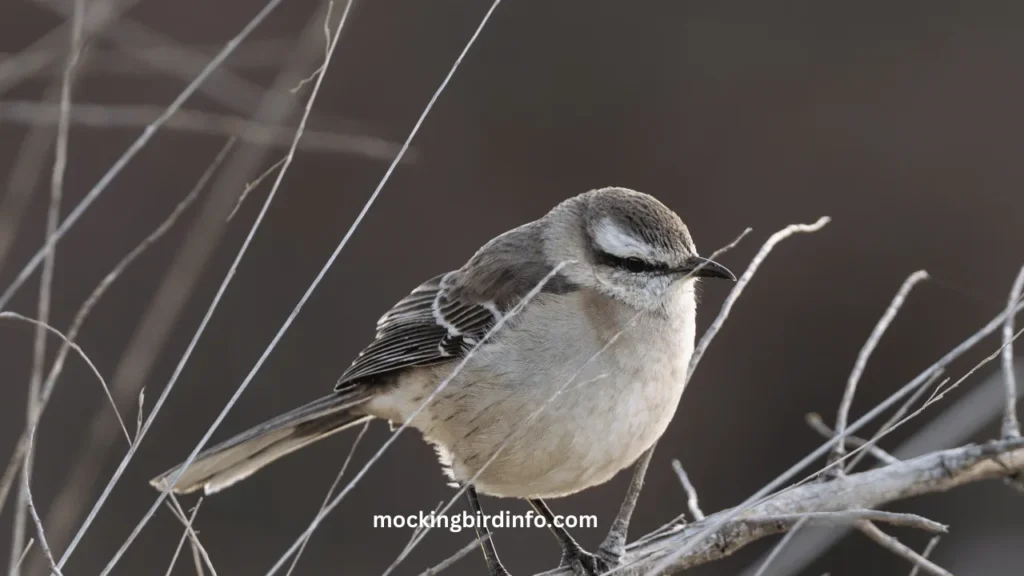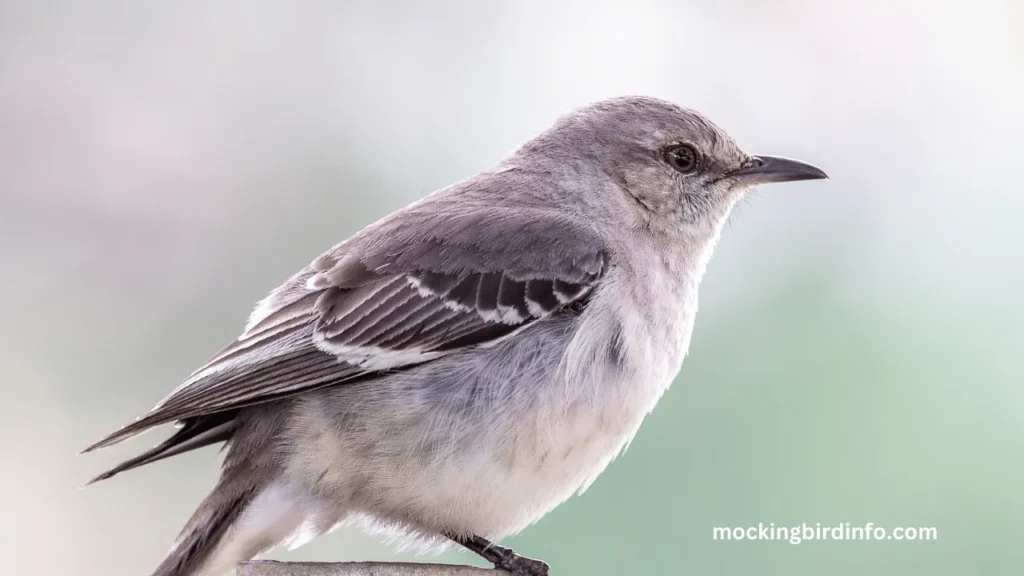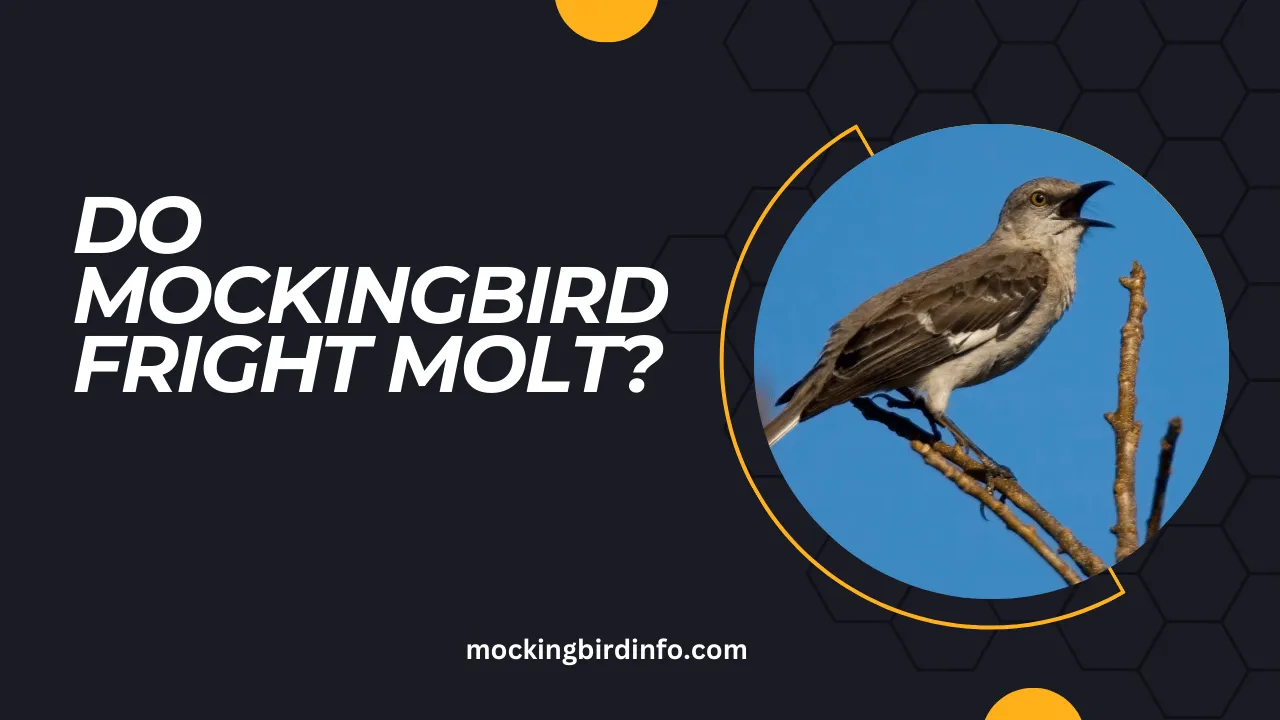Ever observed a mockingbird sitting on a branch, its once-smooth feathers appearing ragged or patchy? It might surprise you to learn that this isn’t a sign of poor health or age but an essential and natural process called molting.
Molting plays a critical role in maintaining a bird’s overall health and vitality, yet it’s often misunderstood. Knowing more about why and how mockingbirds molt can provide fascinating insights into their behavior and survival strategies.
Molting is the process where birds shed old, worn-out feathers and grow new ones. For mockingbirds, this ensures they stay in top condition, enabling them to fly efficiently, stay insulated, and even attract mates.
This process is intricately linked to environmental cues, age, health, and hormonal cycles, all of which determine when and how effectively molting occurs.
Understanding the details of molting can transform how you perceive these birds. It’s not just about aesthetics but about survival, adaptation, and resilience. This blog will delve into the stages of molting, factors that influence it, and why it matters not just for mockingbirds but for bird enthusiasts and researchers alike.

Contents
The Molting Process
1. Pre-Molting: Initial Signs
The beginning of the molting phase is often signaled by behavioral changes. Mockingbirds might appear more reserved, preening their feathers meticulously or reducing their typical high-energy activities.
This stage is when their body starts reallocating nutritional resources in preparation for shedding old feathers.
2. Shedding Old Feathers
During molting, mockingbirds shed their feathers in a controlled manner to ensure they don’t lose the ability to fly. The process is usually bilaterally symmetrical, meaning feathers on both sides of the body are lost in pairs. This balance prevents flight impairment, allowing them to escape predators even while molting. The shedding begins with the primary feathers and extends to secondary and covert feathers, covering the wings, tail, and body.
3. Growing New Feathers
After feather loss, new feathers, known as pin feathers, begin to sprout. These feathers are initially covered with a protective keratin sheath that flakes off as they mature. This phase requires significant energy and nutrient intake, as the bird’s body focuses on the rapid development of strong, functional feathers.
The process may make the bird look messy or patchy, as the growing feathers don’t emerge all at once.
4. Completion of Molting
When the process concludes, the bird’s feathers are fully developed and vibrant, signaling a return to their usual routines. Fresh plumage is critical for maintaining their aerodynamic efficiency, essential for flight and insulation.
At this point, mockingbirds regain their agility and confidence, resuming normal behaviors like singing, foraging, and territorial displays.
5. Behavioral Adjustments During Molting
Throughout the entire molting cycle, mockingbirds may adjust their behavior to minimize stress. They often avoid high-risk activities and spend more time in areas with ample cover to avoid predators.
This behavior not only conserves energy but helps them manage the vulnerable period when their flight abilities may be compromised.

Factors Influencing Molting Patterns
1. Age
The age of a mockingbird significantly impacts its molting pattern. Juvenile birds molt more frequently as they transition from their first feathers, which are softer and less durable, to adult feathers that are more robust. Adult mockingbirds, however, typically molt once a year in a predictable pattern that aligns with environmental cues.
2. Health
A mockingbird’s health can influence how well it undergoes the molting process. Healthy birds with access to nutrient-rich food will have a smoother and faster molt. Conversely, birds suffering from illness, parasites, or nutritional deficiencies may experience delayed or incomplete molting. For these birds, molting becomes a stressful challenge that can affect their overall survival.
3. Environmental Factors
Environmental factors such as temperature, humidity, and food availability play a significant role in molting schedules. During periods of abundant resources and favorable weather, mockingbirds can molt more efficiently. Harsh climates or unexpected environmental stresses like droughts or food shortages may delay or disrupt the process.
4. Hormonal Influences
Hormones control the timing of molting, often influenced by the end of the breeding season. Hormones signal when it is appropriate for a bird to molt, aligning with a time when energy can be diverted from breeding and nurturing young to feather regeneration. This ensures that molting does not compete with the bird’s reproductive needs.
The Significance of Molting
Renewal of Plumage
The primary purpose of molting is the renewal of plumage. Feathers wear out due to factors like sun exposure, friction, and general wear and tear. Replacing these feathers helps ensure that the bird maintains optimum flight performance, vital for escaping predators and efficient foraging.
Camouflage and Breeding Success
Molting impacts more than just function; it also plays a role in camouflage and attractiveness during breeding. Fresh, vibrant feathers can help birds blend into their surroundings better or stand out when trying to attract mates. A healthy coat of feathers signals fitness and vitality to potential partners.
Parasite Removal
Another often overlooked benefit of molting is the reduction of parasites. Feathers can harbor mites and other ectoparasites, and shedding them helps birds maintain better hygiene and reduce the risk of infestations. This natural renewal cycle keeps their bodies clean and free of pests that can cause health problems.
Conclusion
Understanding the molting process of mockingbirds gives us an appreciation of how these birds manage essential biological functions that affect their entire lifecycle. From pre-molting signs to the final stages of feather growth, each step is meticulously timed and executed to support their health and survival.
The process is influenced by age, health, and environmental factors, making it a window into the resilience of nature. For bird enthusiasts, recognizing when a mockingbird is molting can change how you observe and interpret their behavior.
It’s a reminder of the hidden struggles and adaptations these birds undergo to maintain their dazzling flight and melodic songs. Whether it’s for birdwatchers aiming to deepen their understanding or simply those curious about the rhythms of nature, knowing about molting adds a deeper layer to appreciating the complex lives of these birds.
FAQs
1. Do all birds molt?
Yes, nearly all bird species, including mockingbirds, molt as part of their natural life cycle to replace old feathers.
2. How often do mockingbirds molt?
Mockingbirds typically molt once a year, but younger birds might go through additional molts as they mature.
3. What triggers molting in mockingbirds?
Molting is triggered by hormonal changes, often timed with the end of the breeding season when resources can be reallocated from reproduction to feather growth.
4. How long does the molting process take?
The process usually spans several weeks to a few months, depending on factors like the bird’s age, health, and environmental conditions.
5. Why do mockingbirds look patchy during molting?
They appear patchy because new feathers grow unevenly and take time to mature, creating a disheveled appearance until fully formed.
6. Can environmental stress delay molting?
Yes, adverse conditions like extreme weather or limited food can delay or disrupt molting, impacting the bird’s overall health.








